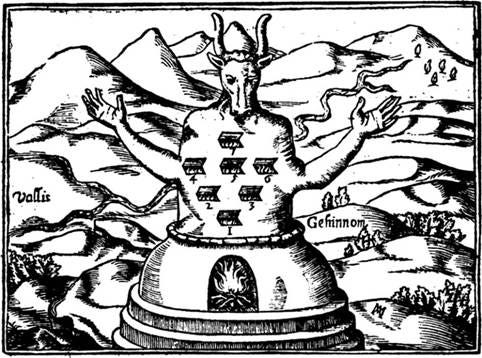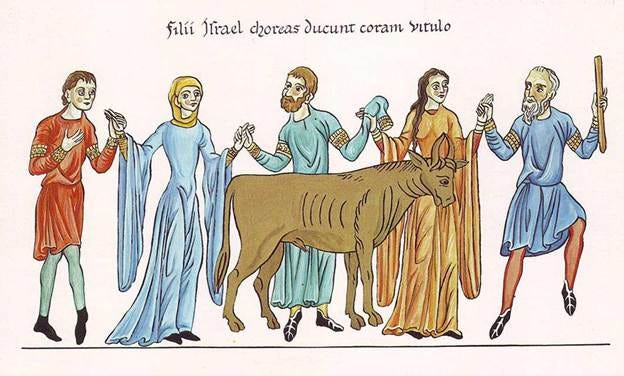Baal And Moloch - Did the Ancient Gods of the Levant Demand Child Sacrifices?
In the Valley of Hinnom near Jerusalem stood a giant statue of the god Moloch. The valley and the deity are infamous for their historical association with child sacrifice. According to some historical accounts, the statue had its arms outstretched, and a fire was kindled within. Children were placed into Moloch’s hands, where they burned to death while drums beat rhythmically to drown out their agonizing screams. The valley, also known as Gehenna (its Aramaic name which was adopted into Greek), features prominently in the Bible.

Depicted as a hellish, fiery location, Judah’s kings burned their children there, and the location is mentioned in the gospels of Matthew, James, Mark, and Luke, although sometimes the English translations incorrectly render Gehenna as Hell:
“Whoever shall say, ‘You fool,’ shall be guilty enough to go into Gehenna” (Matthew, 5:22).
“It’s better for you that one of the parts of your body perish, than for your whole body to be thrown into Gehenna” (Matthew, 5:29).
“Fear Him who is able to destroy both soul and body in Gehenna” (Matthew 10:28).
“It is better for you to enter life lame, than having your two feet, to be cast into Gehenna” (Mark, 9:45).
“Fear the One who, after He has killed, has authority to cast [people] into Gehenna; yes, I tell you, fear Him” (Luke, 12:5).
Etc.

It is probable that the biblical references to the Valley of Hinnom and references to the one who kills and then burns bodies there refers to God, but the location was used for child sacrifice before the Bible existed, and the deity Moloch was the one appeased and summoned. He was depicted as a bull-headed god, similar to a minotaur, and in historical literature is connected to the deities Anmmelech, Adrammelek, and Milcom. There is a connection to the god Baal too, and it has been suggested that all of these names (which seem to be epithets of different gods) actually refer to the same deity, though they are portrayed in diverse ways.
Keep reading with a 7-day free trial
Subscribe to Ancient Origins UNLEASHED to keep reading this post and get 7 days of free access to the full post archives.


